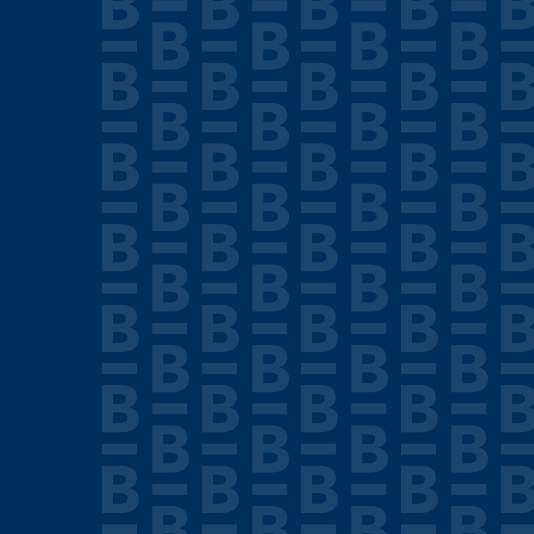One of the biggest Achilles heels to an otherwise robust retirement financial plan is the cost of health insurance. This is especially true for those who want to retire before age 65 and Medicare eligibility begins. Retirees who need health insurance before age 65 utilize either COBRA or Affordable Care Act health insurance, both of which can be budget-breaking expensive. However, through strategic income planning, the cost of health insurance prior to age 65 can be largely mitigated through available tax-credits. The trick is understanding the complexities of the law to take advantage of these available tax-credits.
It's important to note that at the end of 2022, the Affordable Care Act’s current cap of 8.5 percent of a household’s Modified Adjusted Gross Income (MAGI) due to the American Rescue Plan will expire. As a result, we will focus on strategies pertaining to healthcare planning prior to this legislation and how it is scheduled to revert to after the expiration of the American Rescue Plan legislation.
Being strategic with your income equals big savings
To understand the power of these tax credits, let’s use a hypothetical example of a couple, John and Jane, married filing joint who are both 62 years old and recently retired. Their lifestyle requires an annual income of $80,000. They need health insurance through the Affordable Care Act for 3 years and as a result start shopping plans. Their financial assets include $200,000 in Money Market and CDs, $600,000 in IRAs and $200,000 in Roth IRAs. Their Social Security for the two of them is $40,000 combined.
They’ve decided that in addition to their Social Security, they are going to take $48,000 from their traditional IRA, so that after tax they will be left with $40,000. This along with their $40,000 from Social Security will total $80,000, completing their annual income needs. However, the modified adjust gross income exceeds the limit that qualifies them for tax-credits, which is equal to 400% of the federal poverty limit, or $69,680. As a result, they will not qualify for any tax-credits and will pay the full cost of the Affordable Care Act Plan.
Looking at available plans in Western Wisconsin, there are 5 “Silver” plans available which are considered the mid-tier plans. Taking the middle plan of the 5, this couple’s MONTHLY premium would be $3,120 or $37,440. One can see quickly how this would ruin many budgets and their health care costs would likely be their single biggest expense. They either must amend their lifestyle, or take more money out of their retirement accounts, which may weaken their long-term plan.
How you can lower your healthcare premiums
Now, let’s assume instead of taking the $40,000 from their IRA, John and Jane instead take it from their Roth IRA. Qualified withdrawals from Roth IRAs are free from income tax and as a result, they would still have $80,000 of income, with $40,000 from Social Security and $40,000 from their Traditional IRA. In this case, when we re-run the healthcare plans, they now would receive a monthly tax-credit valued at $2,751 per month, meaning their out-of-pocket cost for the same plan would be $369/mo. This is an annual savings of $33,012 which over 3 years until Medicare would total $99,036!
Simply by being strategic about where they derived their income changed the cost of their healthcare by thousands of dollars per year. These are savings that can now be used for enjoyment in retirement or adding to the value of their long-term legacy.
The strategies can be wide ranging and vary in-depth. The basis is to understand that these strategies exist, and it is vitally important that as you approach retirement you start having conversations with your financial advisor on how best to structure your income prior to age 65 to not only meet your budgetary needs but to also try and maximize available tax credits.



